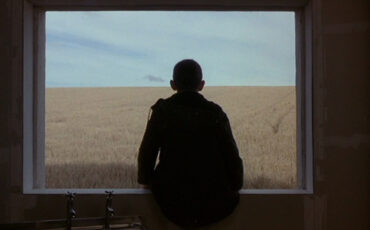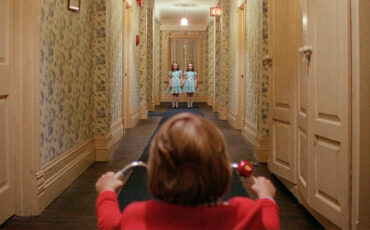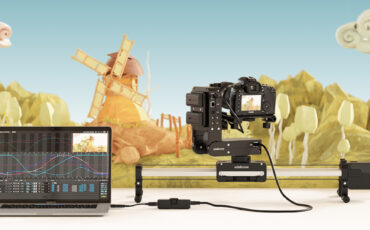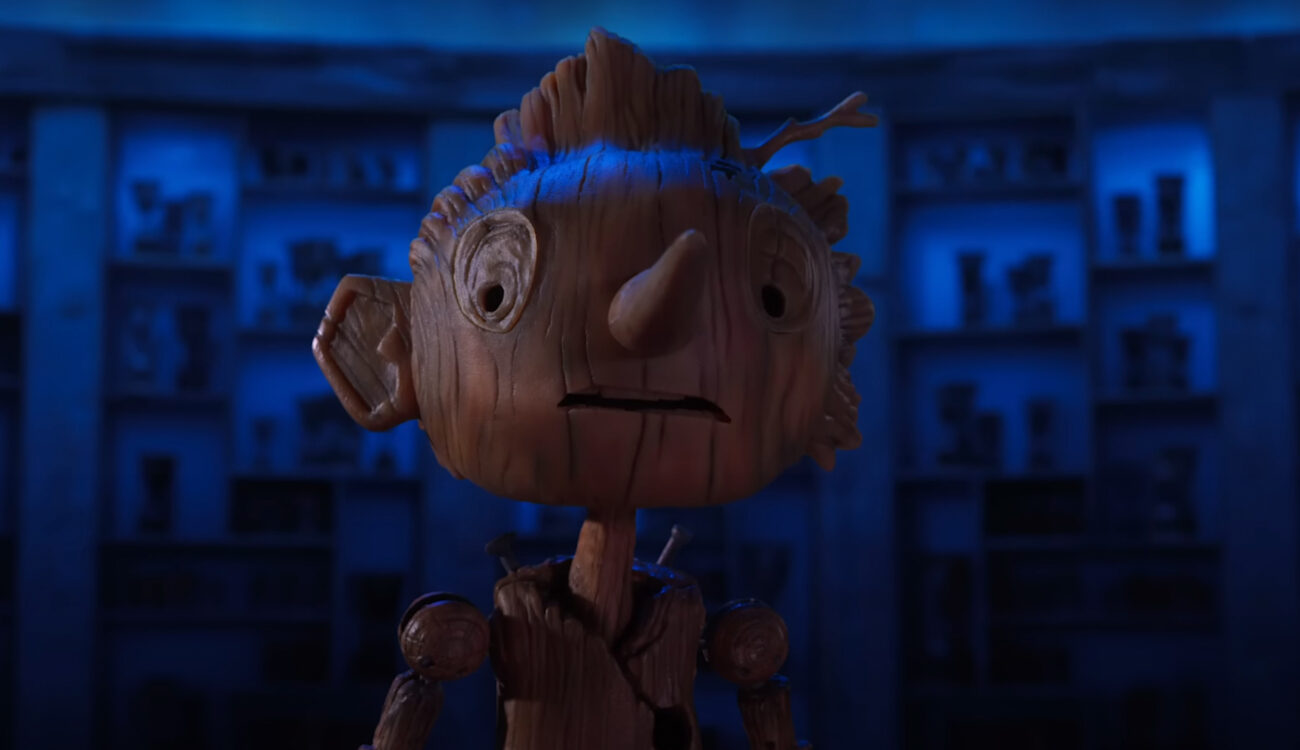
A wooden puppet is just a lifeless toy. Or is it? Let the old craft of stop motion perform its magic, and suddenly the doll moves, dances, and – no doubt – it feels and makes you feel. Guillermo del Toro and Mark Gustafson took the classic tale and made it into a completely different form. With help of stop motion in Guillermo del Toro’s Pinocchio, filmmakers were able to create a film miracle not just about the wooden boy, but about life and death, good and evil, real and fake. This dark and twisted interpretation is a universe of its own. Looking at it, you can’t help but ask: how did they handcraft such a cinematic look?
Christoph Waltz – the voice of the cruel puppet master, Count Volpe, – says in the making-of video: “It doesn’t look like any animated movie you’ve seen before. It’s completely different.” And I tend to agree. Watching the dark fantasy when it aired on Netflix, I had mixed feelings. To start with, you forget that it’s stop motion almost immediately; it feels so smooth and fluid! You are so immersed in this created world that the line between animation and live-action blurs. In the back of your mind, you know it has to be a Guillermo del Toro film. No wonder his “Pinocchio” is in the race for “best animated feature” at this year’s Oscars. Let’s take a look behind the magic curtain and answer the question. Which ingredients were crucial to creating this stop-motion wonder?
Why stop motion in Guillermo del Toro’s Pinocchio?
First things first. Stop motion is one of the oldest techniques in animation, which uses static objects and photos of their alterations to create the illusion of fluid movement. So the makers of “Pinocchio” had to build every set, each puppet, all the costumes, props, and weather conditions. Frame by frame, 24 frames per second, they captured the actions, camera moves, and dialog – crafting everything by hand. Just the filming phase took over 935 days in total, and I don’t want to guess at how much pre- and post-production added to the process. At peak times, 40 animators in over 60 units were working simultaneously to bring “Pinocchio” to life. But when the audience says: “It’s so amazing, I thought it was computer animation”, it’s only fair to ask: why did they decide to put so much effort into this story by choosing stop motion?
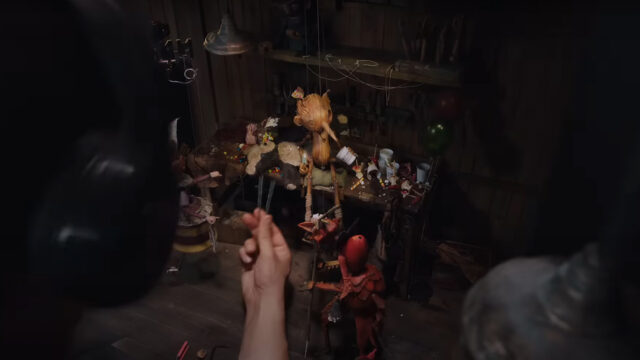
Of all the arts of animation, the most sacred and magical to me is stop motion. It’s a bond between an animator and a puppet.
Guillermo del Toro. A quote from Netflix’s official making-of movie “Step Inside the Magic of the Epic Filmmaking“
Del Toro wanted to adapt Carlo Collodi’s book for decades, and of course, he had his own vision for it. But there is more to his choice of medium for the fantasy film. First and foremost, re-telling the classic tale of a wooden puppet named Pinocchio by turning it into a living one was only possible in stop motion.
Producing from the Front
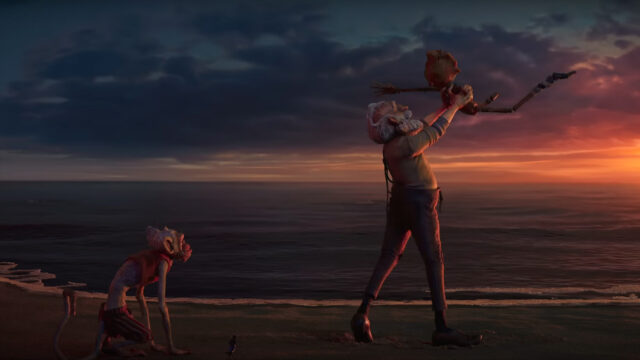
The renowned director comes from live-action movies, so working with real objects, dressing existing sets – even in miniature – and using an actual camera is the arena where he can unleash his mastery to its fullest.
A cinematic approach to animation
In Netflix’s making-of-movie, which we embed below, the filmmakers show different challenges and processes behind the stop-motion magic. Having worked in this industry for ages, they know everything about designing puppets and building whole animated worlds. But what made “Pinocchio” both challenging and special, all interview partners agree, is Guillermo del Toro’s approach to it as to one of his live-action works. First, he wanted to move the camera around in a similar way, as they would do it on a real set, no compromises here. For example, together with his cinematographer, Frank Passingham, for one scene they created a long take. The camera smoothly follows the monkey, Spazzatura, through the square as we get to know the character’s environment and the world he lives in. This single shot alone took 3 months to film, but the liberty of using visual language belongs to the director’s magical toolkit. That’s also an important reason why this stop motion has an incredible cinematic look and feel.
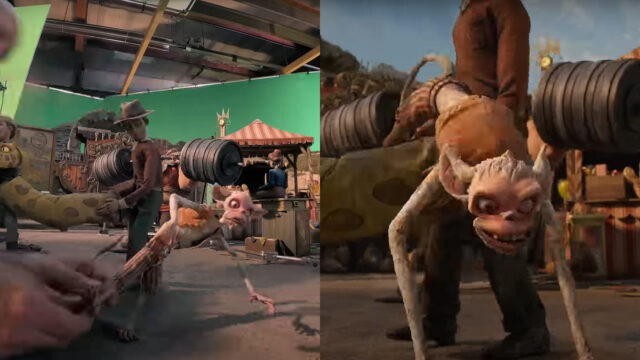
This approach also meant that if they wanted to make a close-up, say, of the traveling cricket Sebastian, sitting on Pinocchio’s shoulder, they would go for it. How? By sculpting different sizes of puppets for various shots. An extra bit of work for everybody but it empowers the cinematic look by far.
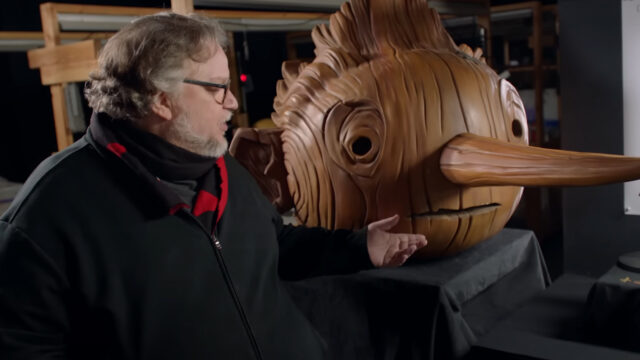
New lighting technology for stop motion in Guillermo del Toro’s Pinocchio
For this film, the cinematographer Frank Passingham used a technology that he calls “layered lighting”. As he explains in some interviews, with help of software called Dragonframe, they could run motion control and do multiple exposures – something that is not possible in live-action and really enhance their stop-motion lighting. For example, in the cliff scene where Pinocchio is tied to a crucifix, Volpe moves around a torch threatening to burn the boy. In the past, animators would fake that light. In this case, Passingham placed a small LED inside the flashlight and used multiple exposures to cast an orange-red glow onto the characters. The torch had a separate pass, as did the moonlight, so the VFX team could put them together digitally afterward.
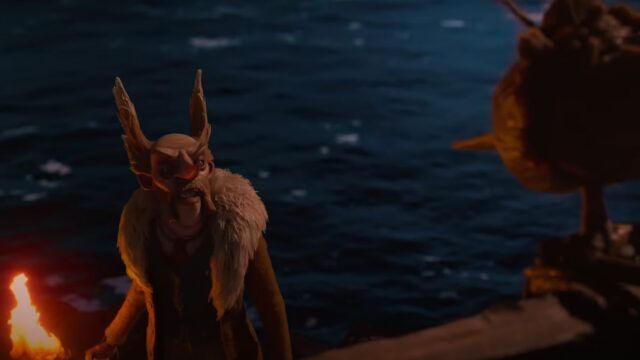
Animators are the actors
Another big part of Guillermo’s live-action approach to “Pinocchio” was that from the very start, he wanted animators to perform, and worked with them like actors. As Alexander Bulkley (one of the producers) explains in one interview: before every single shot the animators would film themselves acting in some corner of the studio to get a sense of the movement, blocking, and characters.
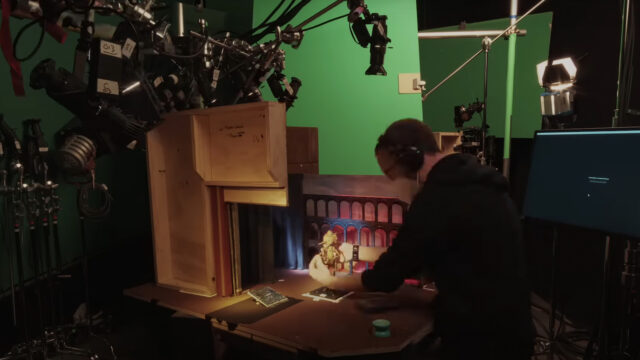
It was very important to Guillermo del Toro that they animate the mistakes as well. For example, when Carlo comes home and shuts the door, it doesn’t close completely, so he turns around once again to smash it. The director calls it “radical realism” because flaws and small accidents in daily life are very human. While they would happen naturally in the live-action, in stop motion, you have to construct them.
A further aspect of the acting is emotions and reactions. As an experienced director, Guillermo knows how much time the audience needs to process a scene, as well as to read the facial expression. So to make the characters realistic and authentic, creators had to animate all the subtle eye movements when characters are thinking, or slight shifts in attention, for example.
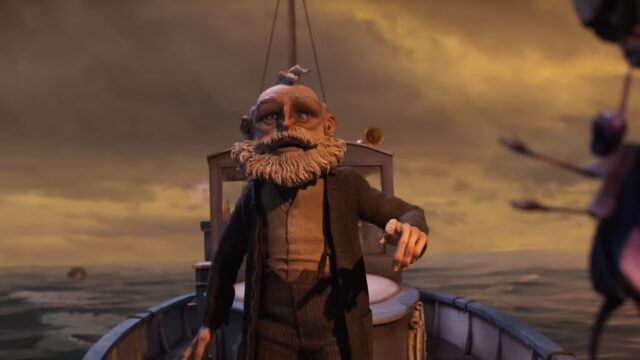
The complicated process behind stop motion in Guillermo del Toro’s Pinocchio
“But how to animate emotions?” you may ask. Well, there are two types of puppets: mechanical and replacements. In “Pinocchio”, they used both. If you looked behind Master Geppetto’s silicon skin, you would find complicated mechanisms. They allow animators to move every element – eyebrow, lip, etc. – frame by frame from the outside. Pinocchio, on the other side, is a replacement puppet, which means that every mouth shape and expression is a separate entity.
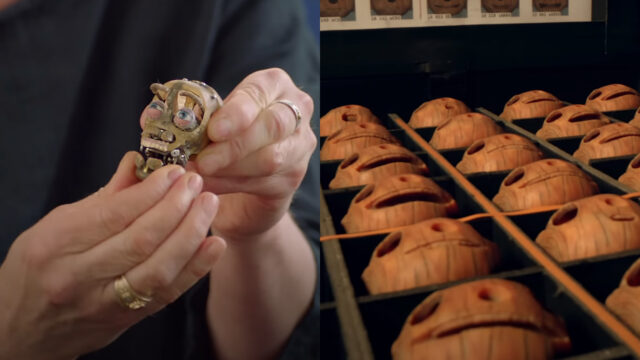
As the creators explain, although replacements are much more difficult to handle, a mechanical puppet wasn’t an option. Only with help of entities (fully printed on a 3D printer), could they make Pinocchio act like a real wooden boy. His face and his cheeks do not move, only his mouth opens up as if someone uses a chisel. A genius idea!
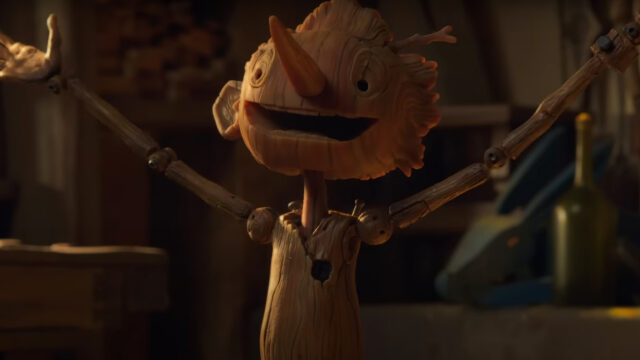
If you want to discover other incredible secrets of stop motion in Guillermo del Toro’s Pinocchio, don’t miss the official Netflix Making-Of movie. In addition to this, you can learn how the composer Alexandre Desplat used only wooden instruments to create a strange yet authentic environment, or how del Toro approached the casting of the right voices.
Conclusion
Interestingly, “Pinocchio” is not the only stop-motion film nominated for the 95th Academy Awards. “Marcel the Shell With Shoes On” is also competing. A24 comedy-drama mixes live-action and stop motion, telling a heartwarming story about an adorable one-inch-tall shell, Marcel, who goes on a journey looking for his long-lost family. These two films have very different approaches to stop motion, but I think it’s rather exciting to see how the old medium revives and thrives in contemporary cinema works.
What do you think? How did you like stop motion in Guillermo del Toro’s Pinocchio? Was it worth all the effort behind the production? Give us your impressions below.
Featured image: a film still from Guillermo del Toro’s Pinocchio, 2022. Image credit: Netflix.
UPD: At the 95th Academy Awards, “Guillermo del Toro’s Pinocchio” received the Oscar for Best Animated Feature.



